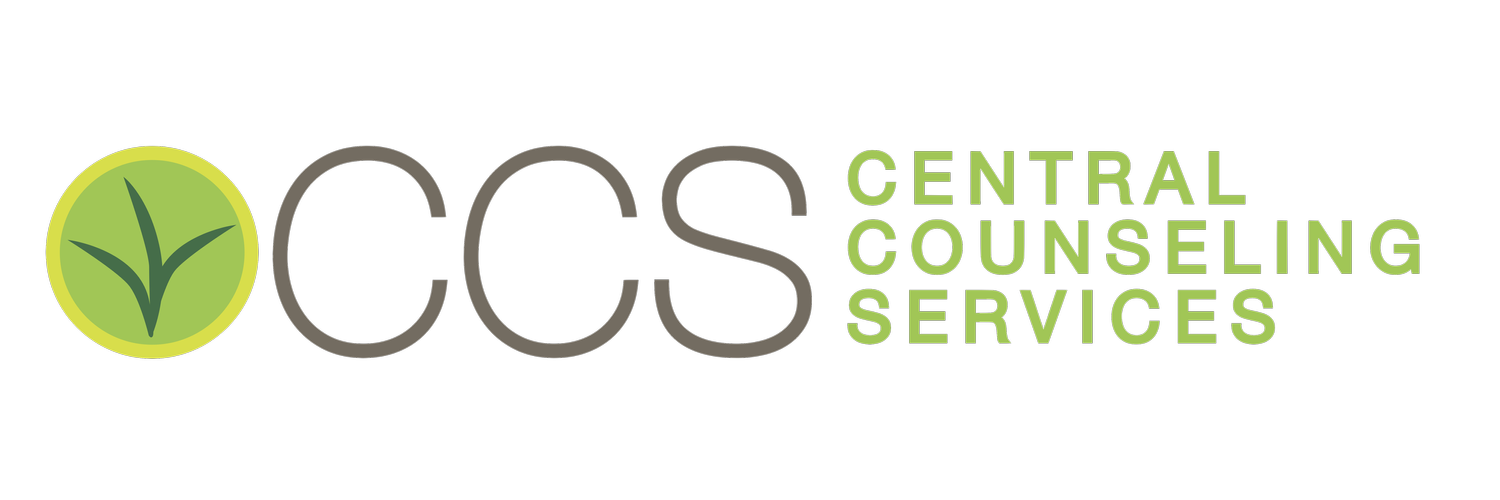The Power of Human Touch
How many of you can recall when you would hurt yourself when you were young? Perhaps falling while playing or taking a spill off your bike? For some, although the hurt caused a tear or two to fall, the best thing about it was when our favorite loved adult would “kiss it to make it better”. Often, we wouldn’t even need a Band-Aid or a visit to the doctor like we so desperately claimed. What was wanted was that squeeze after the Band-Aid, that high-five after the tears, even simply sitting next to our loved one and feeling them there - that touch from that other person with whom we were close and loved held and carried a healing power.
Children who are struggling with attachment disorders, people who have been victims of sexual assault or rape, and similarly, folks who battle with various levels of anxiety can benefit from the healing power of touch. It is often assumed that it is babies who primarily benefit from touch and mainly from their mothers (or primary caregivers). And, while this still holds truth, there are so many other opportunities that can provide healing. Just a few examples are pain reduction, creating safer spaces, improve relationships between not just couples but also other dyads (siblings, parent/child, etc.). Research has even shown that when a child is struggling in school, a small, simple touch on their shoulder from their teacher can provide just the right amount of encouragement to allow the child to begin to soar in their studies.
Here are 4 simple reasons to consider the powerful, healing properties of the human touch:
1: Touch releases a chemical in our brains called oxytocin. This chemical is like the cuddle switch. When touch is wanted or desired, oxytocin is released. Just 20 seconds of affectionate touching is enough to reduce our stress hormone and increase our cuddle hormone. This can manifest safer spaces and increase trust, as well.
2: When stress levels due to trauma or anxiety are at an all time high, our ability to experience what may seem to be compassion is muddled; especially when it is brought to us through only the spoken word. It may seem silly but when words fail, touch may be the answer. Touch can trigger our vagus nerve (the nerve that runs from the brain to the belly, passing the heart along the way), thus allowing us to be receptive to and to respond with compassion.
3: Not only can touch allow us to feel compassion, it also reduces stress. Our stress hormone, cortisone, increases when we experience anxiety, trauma, stress from taking a test, falling off our bikes, etc. A touch, even one that happens by accident, can reduce that stress hormone and lower blood pressure. This means a happier heart. Image the anxiety beginning to creep in because of a memory that has begun to invade your thoughts. You are walking around work or school and can’t seem to calm it down. Someone needs to walk past you and, gently, presses their hand on your arm to excuse themselves around you. That one slight touch is just enough to not only distract you from your thoughts but also to decrease that cortisone that is about to sky high.
4: Touching between couples can increase trust, promote communication, and can improve relationship satisfaction. Even the simple act of holding hands while watching a movie or hugging for just 20 seconds before leaving for work can begin to create that bond between couples. This bond can be the foundation in which trust is rebuilt, safety is re-established, and communication is opened.
Everyone has a built in need to be touched, and yes, from birth. However, it does not end once we reach a specific age. It is a life-long desire for touch. When it is practiced appropriately and respectfully, the human touch can be powerful healing aspect of the human experience.
By Léah Almilli
Is an Associate Marriage and Family Therapist. She works with children as young as 6 and adults as old as 88. She is fluent in American Sign Language and she teaches ASL at the local community college. Léah like to help people grow and feel better about themselves. Léah offers a holistic, client-centered approach to the process, allowing each person the opportunities to discover how their pasts can lead into their futures. Léah makes her therapy rooms warm, welcoming, non-judgmental, and compassionate to ensure that the clients can feel safe to explore what is needed.


